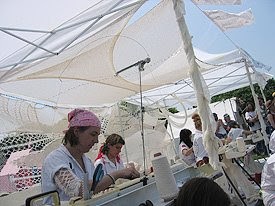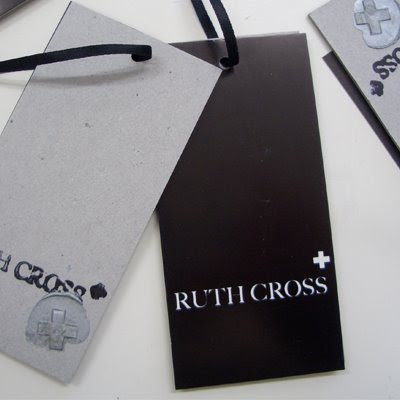KnitKnit by Sabrina Gschwandtner

www.knitknit.net
KnitKnit issues 1-7 with their limited edition covers are now included in the permanent collections of the Fine Arts Library, Fogg Art Museum, Harvard University and The Museum of Modern Art, New York- anyone can make an appointment with those institutions to read the KnitKnits there.
The KnitKnit book was published in September 2007.
sabrina gschwandtner lives in New York City and is the publisher/editor of KnitKnit. She graduated with honors from Brown University with a degree in art/semiotics, and also studied with Harvard Film Archive founder Vlada Petric at Harvard University, and with artist Valie Export at the Sommerakademie fur Bildende Kunst in Salzburg, Austria. Her work combines film, video and textiles in sculptural installations, and has been shown at the 1999 Venice Biennale, Deitch Projects, Art Basel Miami Beach, the Providence Convergence Arts Festival, the Pennsylvania School of Art and Design, and the Vienna Filmmuseum, among other venues. She has curated film and video screenings for Ocularis, Electronic Arts Intermix (EAI), and the Guild and Greyshkul Gallery.
New-York artist and KnitKnit creator, Sabrina Gschwandtner, remarked on the weird gap between the world of contemporary craft practice and that of critical debate. Since at least 2002 and the appearance of the first issue of her now-famous zine, Gschwandtner has been inspired by knitting’s public, social and inherently critical dimension. “Knitting can be anything from a form of graffiti, gift, performance, and sculpture,” she says “it is an empowering tool that allows people to think of social space.”






























